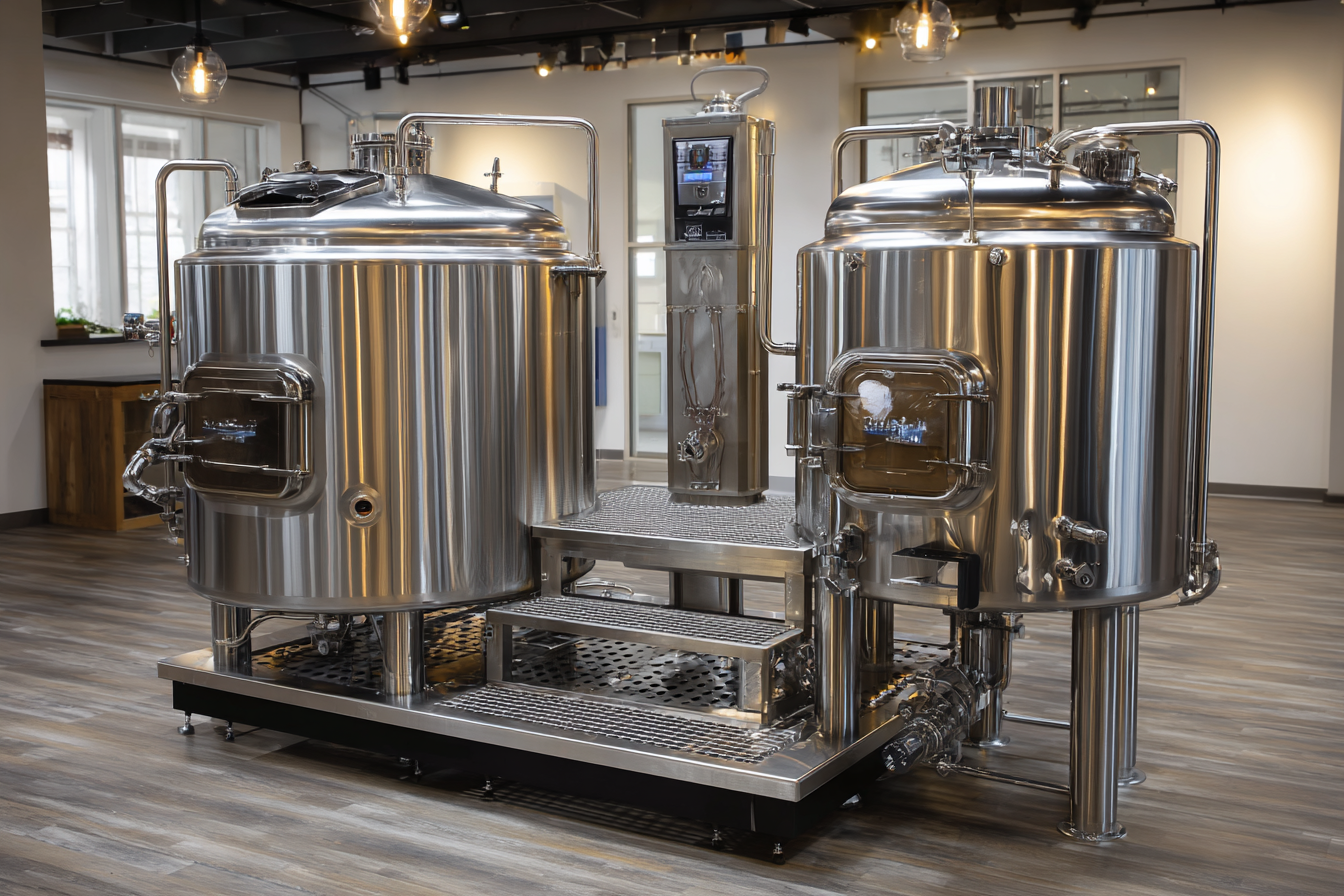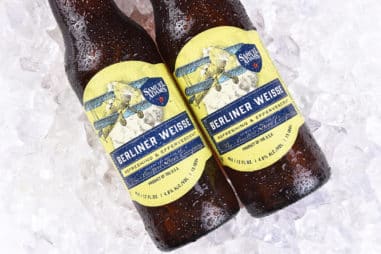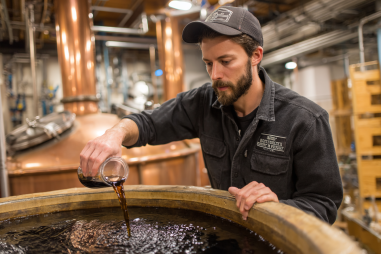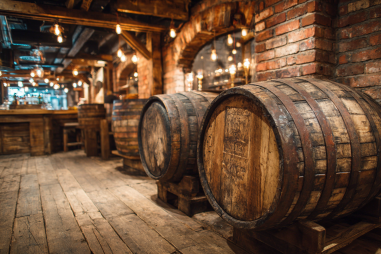Brewing your own pale lager at home is a rewarding experience that combines science, patience, and a touch of artistry. Known for its clean, crisp flavors and refreshing qualities, pale lager requires specific brewing techniques and equipment to achieve that signature taste. Whether you’re a novice eager to try your hand at brewing or an experienced homebrewer looking to expand your repertoire, having the right pale lager brewing equipment is essential. This guide will walk you through the must-have gear to get started and ensure your lager turns out just right.
Basic Brewing Equipment Overview
Before diving into the specifics that make pale lager brewing unique, it’s important to establish a foundation of the basic brewing equipment every homebrewer needs. These essentials form the backbone of your brewing process and serve all styles of beer.
- Brewing Kettle: A large, food-grade stainless steel kettle (usually 5 gallons or more) is essential for boiling your wort. Stainless steel is preferred for its durability and cleanliness.
- Fermentation Vessel: Typically, a glass carboy or a plastic fermenter is used to hold wort during fermentation. Glass is nonporous and easy to sanitize, which helps prevent contamination.
- Airlock and Stopper: This allows fermentation gases to escape without letting contaminants inside, ensuring a clean fermentation environment.
- Siphoning Equipment: Tubing and an auto-siphon allow you to transfer wort and beer gently between vessels without introducing oxygen.
- Hydrometer or Refractometer: These are used for measuring the specific gravity of your wort and beer, helping you track fermentation progress and calculate alcohol content.
- Thermometer: Accurate temperature measurement during brewing and fermentation is critical, especially for lagers.
- Bottling Supplies: Bottles, caps, and a capper are needed for packaging your final product.
Specific Tools for Lagering and Fermentation
Pale lagers are unique because they require longer fermentation times at cooler temperatures compared to ales, and the lagering process—cold storage after fermentation—is key to producing the smooth, crisp finish. This means some additional and specialized equipment is necessary.
- Lagering Vessel: While your standard fermenter can often serve for both fermentation and lagering, some brewers prefer a secondary vessel devoted to lagering. Glass carboys or stainless steel conical fermenters work well for cold conditioning the beer for weeks or even months.
- Fermentation Temperature Controller: Consistent and precise temperature control during fermentation is vital to avoid off-flavors. A temperature controller attached to a fermentation chamber or converted fridge allows you to maintain the ideal range (usually between 45-55°F for lagers).
- Yeast Starter Equipment: Since lager yeast strains tend to be less vigorous than ale yeast, using a yeast starter kit (flask and stir plate or just starter vessels) helps produce a healthy yeast population for cleaner fermentation.
Temperature Control Solutions
Arguably the biggest challenge in brewing pale lagers at home is maintaining the consistently low fermentation temperatures that lager yeast require. Here are some practical solutions:
- Dedicated Fermentation Fridge or Freezer: One of the most reliable options is to repurpose a mini fridge or chest freezer for fermentation, paired with a temperature controller to regulate internal temperature.
- Temperature Control Devices: Popular controllers like Johnson Controls or Inkbird thermostats can cycle the fridge/freezer’s compressor on and off based on your set temperature range.
- DIY Options: Some homebrewers use coolers with frozen water bottles, wet towels, or swamp coolers to maintain cooler temperatures for short-term fermentation.
Regardless of method, keeping your beer within the target temperature range is essential to avoid off-flavors produced at warmer temps and to ensure a crisp lager profile.
Cleaning and Sanitization Essentials
Cleanliness can’t be emphasized enough in homebrewing. Lager yeast strains are more sensitive, and any contamination can quickly ruin your batch.
- Cleaning Brushes and Solutions: Use brushes to scrub kettles, fermenters, and bottles. Effective cleaning solutions like PBW (Powdered Brewery Wash) remove organic residues.
- Sanitizers: Use no-rinse sanitizers like Star San or Iodophor before fermentation, transfer, and bottling to kill microbes without needing rinsing.
- Proper Rinsing Equipment: Clean water and spray bottles or bucket rinses help ensure no cleaning chemicals remain.
Routine and thorough cleaning and sanitizing prevent infections and guarantee a clean fermentation environment, which is especially important for pale lagers that showcase subtle flavors.
Optional Advanced Equipment for Quality Improvement
Once you’ve mastered the basics, you might want to invest in advanced tools that improve the quality and ease of pale lager brewing:
- Conical Fermenters: Allow you to easily separate yeast and sediment from the beer, improving clarity without additional filtration.
- Wort Chillers: Immersion, plate, or counterflow chillers help rapidly cool your boiled wort to yeast pitching temperature, reducing contamination risks and improving flavor.
- Dissolved Oxygen Meter: Ensures proper oxygenation levels before fermentation for healthy yeast activity.
- Digital Thermometers and Probes: Provide real-time temperature data for fermentation and lagering vessels.
- Automated Brewing Systems: For dedicated homebrewers, automated all-in-one brewing machines offer precise control over every aspect of the brewing process.
Safety Tips and Maintenance
Brewing involves handling hot liquids, pressurized containers, and electrical equipment, so safety should always be a priority.
- Heat Protection: Use heat-resistant gloves and handle boiling wort carefully to avoid burns.
- Proper Ventilation: Boiling ingredients can release steam and aroma compounds—ensure your brewing area is well ventilated.
- Electrical Safety: When using temperature controllers and fermentation fridges/freezers, inspect cords and plugs to prevent electrical hazards.
- Regular Equipment Maintenance: Clean, inspect, and maintain your brewing equipment regularly to prolong its lifespan and ensure no microbial contamination.
Also, always read and follow manufacturer instructions for cleaning and usage to stay safe during your brewing adventures.
Setting Up for Successful Pale Lager Brewing
Brewing a crisp and refreshing pale lager at home is a gratifying challenge that is well worth the effort. Starting with the right pale lager brewing equipment—from basic essentials to temperature controllers and sanitizers—sets you on the path to replicating the style’s signature clean flavor profile.
Investing time in learning how to keep fermentation temperatures low and steady, using healthy lager yeast, and practicing rigorous sanitation will help avoid common pitfalls associated with lager brewing. Over time, as your skills improve, you may choose to add advanced tools that streamlines and enhance your process.
Remember, patience is key with lagers, which typically require longer fermentation and conditioning times, but the delicious reward—a perfectly clear, sharp, and refreshing brew—will make the wait worthwhile. Happy brewing!







